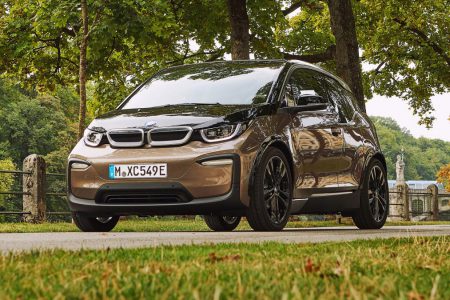In the early days of motoring, cars didn’t have the standardized three pedals, steering wheel, and gear shifter controls that most of us will know.
Take the Ford Model T for example: to drive it in reverse you depress the middle pedal, its brake pedal is where a modern accelerator should be, and its throttle is on a lever on the steering column. It’s confusing to say the least.
As cars got more advanced, driving them became an increasingly simple affair. From the confusing controls of early motorcars, three pedals, steering wheel, and a gear selector became the norm. As automatic gearboxes became A Thing, cars with just two pedals, and no gear stick became more common.
However, with the advent of electric vehicles, we now only need to use one pedal for most of our driving. Let’s take a look at what that actually means.

What is it?
If you’re new to EVs, they still come with two pedals: stop and go. But thanks to the characteristics of electric motors, you don’t always have to use the brake pedal. One-pedal driving allows you to come to a complete stop in an EV without touching the brakes.
Electric cars come with a feature called “regenerative braking.” In effect, this uses the vehicle’s motors like generators to convert the kinetic (moving) energy of the vehicle back into electricity to recharge the batteries.
When this happens, the magnetic resistance of the motors creates a braking force which slows the vehicle. In my experience, when regenerative braking is set to the highest level, it has the same effect as hard braking.
This means that when you’re pulling up to traffic lights, or are in a traffic jam, you only need to take your foot off the go pedal for the car to stop.
Read more: SHIFT
It’s Time to Go Green!
If you would like to know more about Solar Panels and the PowerBanx range of home battery systems, and get a free instant quote, please complete our online form:

